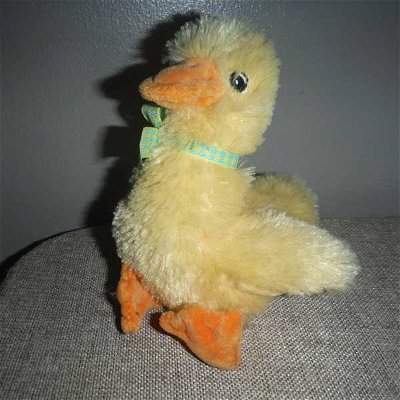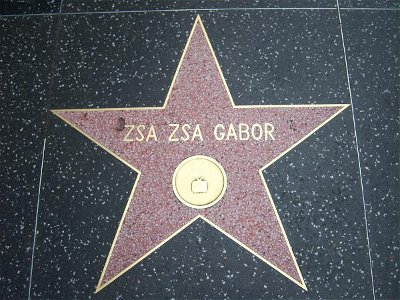See, the USA for more than 100 years has been home to this familiar icon. Ponder the answers to the first nine questions to discern the Common Bond answer to the 10th question.
Easier, 10 Qns, JepRD,
Apr 10 24
 The answers to the first nine questions should suggest a common bond of something you might read or see during the holiday season. The photos might help.
The answers to the first nine questions should suggest a common bond of something you might read or see during the holiday season. The photos might help.  This bond is a popular Australian song made famous throughout the world in the 1960s.
This bond is a popular Australian song made famous throughout the world in the 1960s. |
|
 This bond is a popular stage and screen star who was famous throughout the world over for many years.
This bond is a popular stage and screen star who was famous throughout the world over for many years. |
|
 Quick Question
Quick Question|
|
|
|
 = Top 5% Rated Quiz,
= Top 5% Rated Quiz,
 Top 10% Rated Quiz,
Top 10% Rated Quiz,
 Top 20% Rated Quiz,
Top 20% Rated Quiz,
 A Well Rated Quiz
A Well Rated Quiz
· All questions, answers, and quiz content on this website is copyright FunTrivia, Inc and may not be reproduced without permission. Any images from TV shows and movies are copyright their studios, and are being used under "fair use" for commentary and education.